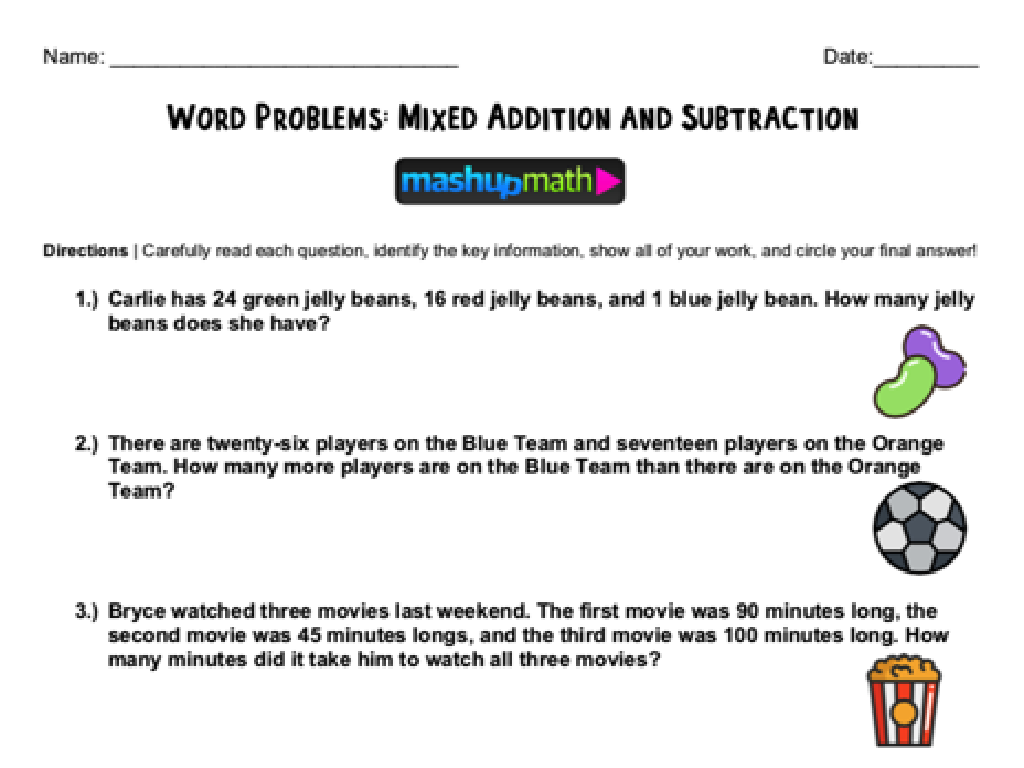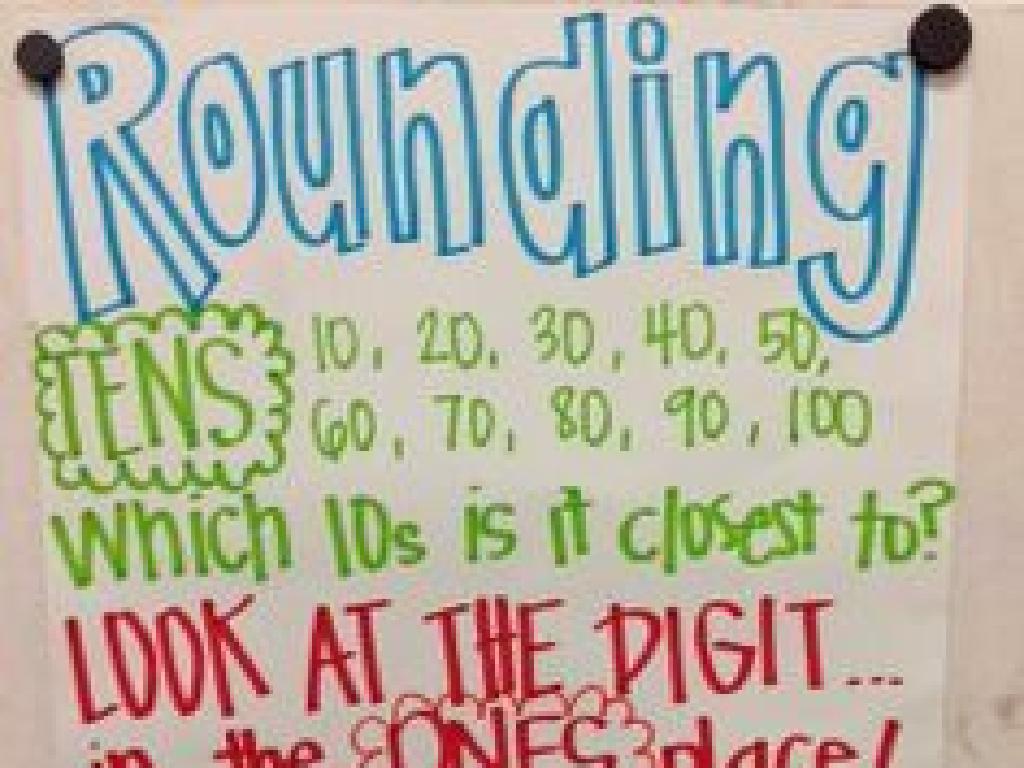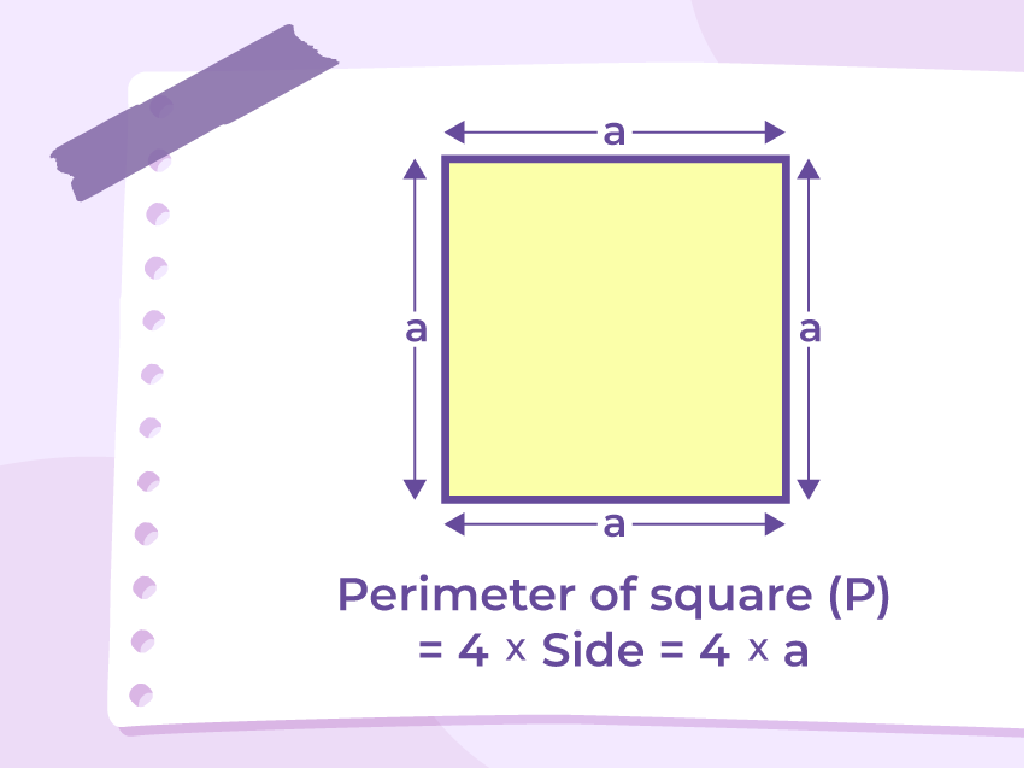Complete And Interpret Punnett Squares
Subject: Science
Grade: Sixth grade
Topic: Anatomy And Physiology
Please LOG IN to download the presentation. Access is available to registered users only.
View More Content
Introduction to Genetics
– Exploring the world of genetics
– How traits are passed down
– Traits like eye color are inherited from our parents.
– Introducing Gregor Mendel
– Mendel was a scientist who studied trait inheritance.
– Mendel’s contribution to genetics
– His experiments with pea plants laid the foundation for genetics.
|
This slide introduces students to the basics of genetics, a branch of biology that studies heredity, or how parents pass traits to their offspring. Highlight the importance of understanding genetic inheritance for predicting traits in future generations. Introduce Gregor Mendel as a key historical figure in science, whose work with pea plants helped to establish the fundamental principles of heredity. Mendel’s experiments and the patterns he discovered form the basis of what we now know as the laws of inheritance. Encourage students to think about traits they have inherited from their own families as a way to connect with the material.
Understanding Traits
– Traits: inherited characteristics
– Traits are passed from parents to their children.
– Pea plant trait examples
– Pea plants have traits like color, height, and seed shape.
– Human traits
– Humans inherit traits such as eye color and hair type.
– Traits and Punnett squares
– Punnett squares predict how traits may be passed on.
|
This slide introduces the concept of traits, which are characteristics inherited from parents to offspring. Use examples from pea plants, such as color, height, and seed shape, to illustrate simple inheritance patterns. Relate these to human traits like eye color and hair type to make the content more relatable for students. Explain that Punnett squares are tools used to predict the probability of inheriting specific traits. This sets the foundation for understanding how traits are passed down and how we can use genetics to predict them. Encourage students to think of their own traits and consider which they may have inherited from their parents.
Genes and Alleles: Building Blocks of Traits
– Genes: Instructions for traits
– Genes determine characteristics like eye color, hair color.
– Alleles: Variations of genes
– Alleles can be dominant or recessive, like B or b for eye color.
– One allele from each parent
– Offspring receive one allele from mom, one from dad.
– Combining alleles in Punnett squares
– Punnett squares show allele combinations & trait probabilities.
|
This slide introduces the fundamental concepts of genetics, focusing on genes and alleles. Genes are the basic units of heredity that carry the instructions for traits, which are expressed characteristics such as eye color or hair texture. Alleles are different versions of the same gene, and they can be dominant or recessive. Each parent contributes one allele for each trait, resulting in the genetic makeup of their offspring. Understanding how alleles combine is crucial for interpreting Punnett squares, which are tools used to predict the probability of inheriting specific traits. Encourage students to think of examples of traits they have and which alleles they might have inherited from their parents. This understanding will be the foundation for learning how to complete and interpret Punnett squares in subsequent lessons.
Dominant and Recessive Traits
– Dominant vs. recessive alleles
– Dominant alleles overpower recessive ones
– Capital letters for dominant
– ‘A’ signifies a dominant trait
– Lowercase for recessive
– ‘a’ signifies a recessive trait
– Dominant masks recessive
– If ‘A’ is present, it determines the trait
|
This slide introduces the concept of dominant and recessive alleles, which is fundamental to understanding genetic inheritance. Dominant alleles, represented by capital letters, will always express their trait when present, while recessive alleles, denoted by lowercase letters, can only express their trait when a dominant allele is not present. For example, if ‘A’ represents the dominant allele for brown eyes and ‘a’ represents the recessive allele for blue eyes, a person with ‘Aa’ or ‘AA’ alleles will have brown eyes, while only a person with ‘aa’ alleles will have blue eyes. This concept is crucial when predicting the outcome of genetic crosses using Punnett squares. Encourage students to think of other traits they know and what might be dominant or recessive.
Introduction to Punnett Squares
– Predicting trait inheritance
– A Punnett square forecasts trait inheritance like eye color.
– Combining parental alleles
– Alleles are versions of genes from mom and dad that determine traits.
– Setting up a Punnett square
– Learn to organize alleles in a grid to see possible gene combinations.
– Interpreting Punnett square results
– Understand how to read the square to find the chance of traits in offspring.
|
This slide introduces the concept of Punnett squares, a fundamental tool in genetics used to predict the probability of offspring inheriting certain traits from their parents. It’s essential to explain that alleles are different forms of a gene that come from each parent. The Punnett square helps visualize how these alleles can combine in various ways. Students will learn the step-by-step process of creating a Punnett square and how to interpret the possible genetic outcomes. Emphasize that while Punnett squares show probabilities, they do not guarantee specific results. Provide clear examples to illustrate the setup and interpretation process.
Creating a Punnett Square
– Write one parent’s alleles on top
– Alleles are versions of a gene, like ‘B’ for brown eyes
– Write the other parent’s alleles on the side
– The other parent’s alleles go vertically
– Fill squares with allele combinations
– Combine one allele from the top and one from the side per square
– Interpret the square’s results
– Determine the probability of offspring traits
|
This slide is designed to guide students through the steps of creating a Punnett Square, a tool used to predict the genetic traits of offspring. Start by explaining alleles, which are different forms of a gene. One parent’s alleles are written across the top of the square, and the other’s are written down the left side. Each square is then filled in with the possible combinations of these alleles. After completing the square, students can interpret the results to understand the probability of the offspring having certain genetic traits. Encourage students to practice with actual genetic traits, such as eye color or hair type, to solidify their understanding.
Interpreting Punnett Squares
– Meaning of each square
– Each square shows a potential genetic combination for offspring.
– Genotypes vs. phenotypes
– Genotype: genetic makeup (e.g., Bb); Phenotype: visible trait (e.g., brown eyes).
– Calculating genotype probability
– Probability of genotypes: use the squares to count possible allele combinations.
– Calculating phenotype probability
– Probability of phenotypes: count how often a trait appears in the squares.
|
This slide aims to help students understand how to interpret Punnett Squares and use them to predict genetic outcomes. Each square within the Punnett Square represents a possible genetic combination that an offspring might inherit from its parents. Students should learn to differentiate between genotypes, the genetic codes made up of alleles, and phenotypes, the physical expression of those genes. They will practice calculating the probability of different genotypes and phenotypes occurring by analyzing the number of times certain combinations appear in the Punnett Square. This exercise will enhance their understanding of genetics and the role of probability in predicting hereditary traits.
Practice with Punnett Squares
– Practice with example traits
– Example: flower color inheritance
– Predict offspring traits
– Use alleles from both parents
– Discuss Punnett Square results
– What do dominant/recessive mean?
– Understand genetic probability
– Probability of traits in offspring
|
This slide is designed to engage students in hands-on practice with Punnett Squares. Start with simple traits like flower color, where purple (P) is dominant and white (p) is recessive. Have students predict the possible offspring from a PP x pp cross. Discuss how the squares show the probability of each trait appearing in the offspring, emphasizing the concepts of dominant and recessive alleles. Explain that while Punnett Squares provide probabilities, actual outcomes may vary. Encourage students to think critically about the results and what they could mean for real-life scenarios, such as breeding plants or understanding human genetics.
Class Activity: Crafting Punnett Squares
– Select traits for Punnett Square
– Pair up and predict offspring traits
– Discuss your predictions with your partner
Consider how dominant and recessive genes affect the outcome.
– Present your findings to the class
|
This activity is designed to provide hands-on experience with Punnett squares. Students should choose traits from a list provided or come up with their own, ensuring they understand the difference between dominant and recessive traits. Working in pairs, they will create Punnett squares to predict possible outcomes for offspring traits. Encourage discussion about the likelihood of each trait appearing and the role of genetics. After completing their squares, each pair will share their findings with the class, fostering a collaborative learning environment. Possible traits to consider could include flower color, pea shape, or hair color. Ensure that students understand the vocabulary associated with genetics, such as homozygous, heterozygous, genotype, and phenotype. This activity will help solidify their understanding of genetic inheritance and the use of Punnett squares as a predictive tool.
Punnett Squares: Conclusion and Review
– Recap Punnett square concepts
– Review how traits are predicted using Punnett squares.
– Genetics and inheritance link
– Understand that genetics is the study of how traits are inherited.
– Open floor for questions
– Share interesting observations
– Did you find any patterns or surprises?
|
As we wrap up our lesson on Punnett squares, it’s important to revisit the key concepts and ensure that students understand how these tools are used to predict genetic inheritance. Highlight the significance of genetics in determining the traits passed from parents to offspring. Encourage students to ask questions about any aspect of Punnett squares they may find confusing or share any interesting patterns or observations they noticed during the exercises. This discussion will help solidify their understanding and promote curiosity. As a teacher, be prepared to answer questions and provide further examples if necessary to clarify any misunderstandings.






